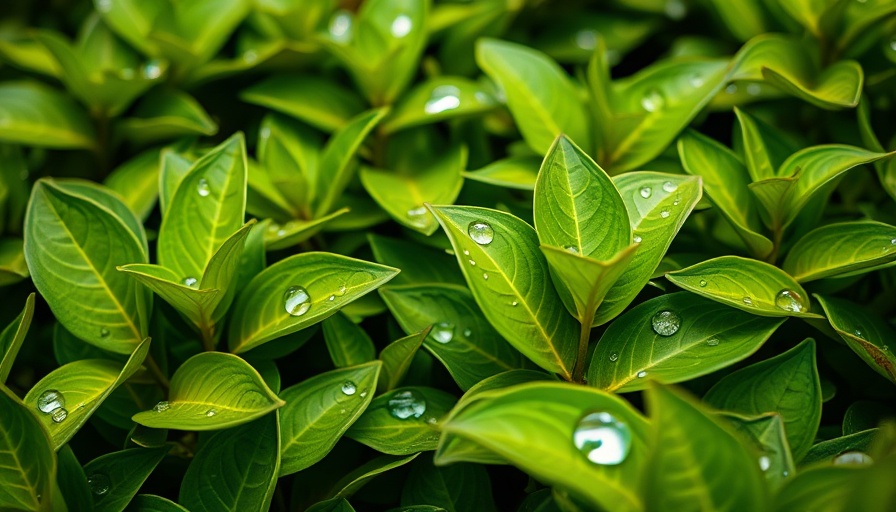
Unlocking the Secrets of Growing Tea Plants at Home
Have you ever dreamt of savoring a steaming cup of tea brewed from leaves harvested right from your backyard? For tea lovers, this fantasy can become a reality with Camellia sinensis, the beloved tea plant. While many think of camellias as ornamental shrubs, C. sinensis carries a legacy that involves centuries of cultivation.
Discover Your Tea Plant Options
This evergreen shrub, revered for its fine tea production, typically thrives in USDA Hardiness Zones 6 to 9, though some cultivars can flourish beyond this range. Whether your garden is spacious or more modest, you’ll find plenty of options to cultivate your own version of this botanical gem. In this guide, we will explore everything you need to successfully grow a tea plant and enjoy the many benefits it brings.
Choosing the Right Cultivar
With myriad cultivars of C. sinensis available, how do you know which is best for your garden? Common cultivars include Camellia sinensis var. assamica, known for its robust flavor, and C. sinensis var. sinensis, favored for delicate teas. Investigate each type’s growing conditions and flavor profiles to find one that suits your palate.
Garden Design Tips for Your Tea Plant
Incorporating tea plants into your garden design can enhance both aesthetics and functionality. Consider blending C. sinensis with flowering plants or companion herbs that can thrive in similar conditions. This approach not only diversifies your garden but also attracts pollinators like bees and butterflies, enhancing the vitality of your garden ecosystem.
The Joy of Homegrown Tea: Flavor and Health Benefits
The experience of brewing tea from your own garden can be immensely rewarding. Fresh tea leaves can provide a taste that is rich and complex compared to store-bought teas. Additionally, homegrown tea offers health benefits, including antioxidants that can improve overall wellness. Research has shown that the consumption of tea may aid in weight management and enhance mental alertness, making it a smart addition to a healthy lifestyle.
Practical Insights for Growing Tea
When caring for your tea plants, it is essential to pay attention to soil quality and pH balance, ideally between 5.5 and 6.5. Upkeep is relatively simple, requiring only regular watering and occasional pruning to ensure healthy growth and optimal leaf production. Keep in mind that these plants appreciate a sunny spot, ideally full sun to part shade, to thrive.
Addressing Common Pests and Diseases
As with all plants, your tea plants may face threats from pests and diseases. Be vigilant for signs of pests like aphids and spider mites, and employ organic remedies to control these threats without harming beneficial insects. Remember, healthy plants are better equipped to resist disease, so regular maintenance is key.
The Future of Tea Cultivation and Enjoyment
As we look toward the future of sustainability in our gardens, growing C. sinensis may soon become a focal point for those interested in ecological gardening practices. The trend towards organic gardening is gaining momentum, with many enthusiasts keen on creating their own sustainable tea sources at home. This shift not only enriches our diets but cultivates a deeper connection to what we consume.
Taking Action: From Hobby to Habit
Growing tea plants can ease you into organic gardening, and build habits toward a more sustainable lifestyle. Whether you're a seasoned gardener or just starting your journey, each tea plant can symbolize a commitment to greener practices. If you’re ready to take the plunge, now is the perfect time to start!
 Add Row
Add Row  Add
Add 




Write A Comment